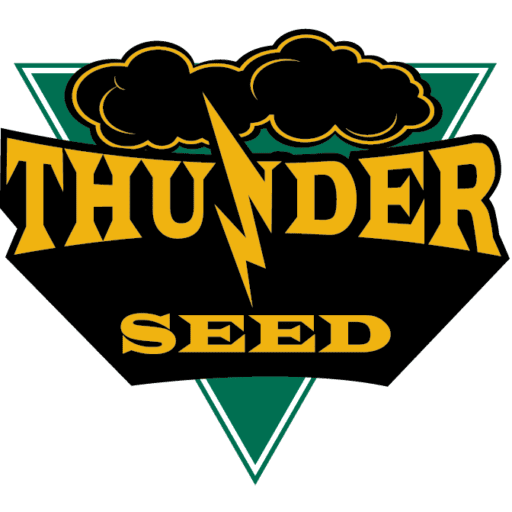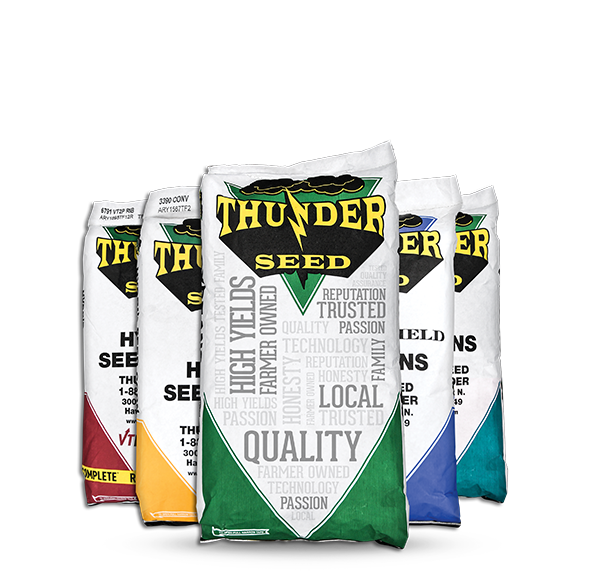Being patient is hard when all you want to do is get in the field and get your crop in the ground, but it’s important to take your time; you only have one chance to plant it right. And decisions made in the spring can directly affect yields in the fall.
Ground temperature needs to be 50-54 degrees Fahrenheit, or 10-12 degrees Celsius, for good seed germination. If you plant before your field reaches this temperature, it could seriously hold back development of your crop.
At the start of last season, things weren’t growing because it was cold and wet for so long. The crops were stagnant, but July and August provided some heat and things picked up nicely. Now that Spring is here, it’s a great time to look back on how the planting conditions affected what we saw in the fields last fall, and think about ways to overcome these challenges this year.
Maturity Rates
Whether you’re growing corn or beans, you want to choose seed with the best maturity rate for your growing season. Some like to call it, “12 o’clock maturity.” With the shortened growing season last year, farmers planted a lot more bean acres because it was too late for corn. After a certain point, you’re losing yield with every passing day because the plants won’t have the time they need to fully mature, and no one wants to thrash corn in the snow.
Take Soil Samples
Extreme weather also can cause soil to lose nutrients. Soil sampling is the best way to ensure your land holds the nutrients required for a good crop. Take samples prior to placing any nutrients so you don’t waste money adding if there’s no need. And don’t forget to check the pH levels. Proper soil pH is important to nutrient uptake and general crop development.
Root Structure
Planting at the proper depth is vital. A lot of times, a shallowly planted crop won’t fully develop its root system because it doesn’t need to seek moisture. This has a big effect on cob and pod development. Once it dries up later in the season, the plant doesn’t have the root system it needs to anchor it down. Strong wind or heavy rain can tip it over. Especially with corn, once cobs start to develop, the plant needs strong roots to support that weight. If the plant can’t support the weight, the cobs won’t fully develop and you’ll see reduced yields in the fall.
Weeds, Disease and Pests
Many times if it is a cool, wet spring there are gaps in plant populations. With less competition from the crop, weeds can become a big problem. A side dressing of nitrogen or some micronutrient treatment with herbicide can help pick things up a bit. Spraying can be expensive, but if you don’t control the weeds, the profits lost from lower yields can be much greater than the cost of spraying. Wet soils also can be more conducive to root diseases and pests. If left unchecked, disease and pests really reduce yields, so inspect your crops often through the season.
Regardless of the length of your growing season or the type of soils you farm, Thunder Seed develops corn and soybean varieties with traits suited for success in your fields. Talk to your Thunder Seed dealer to find out which varieties are right for you.

